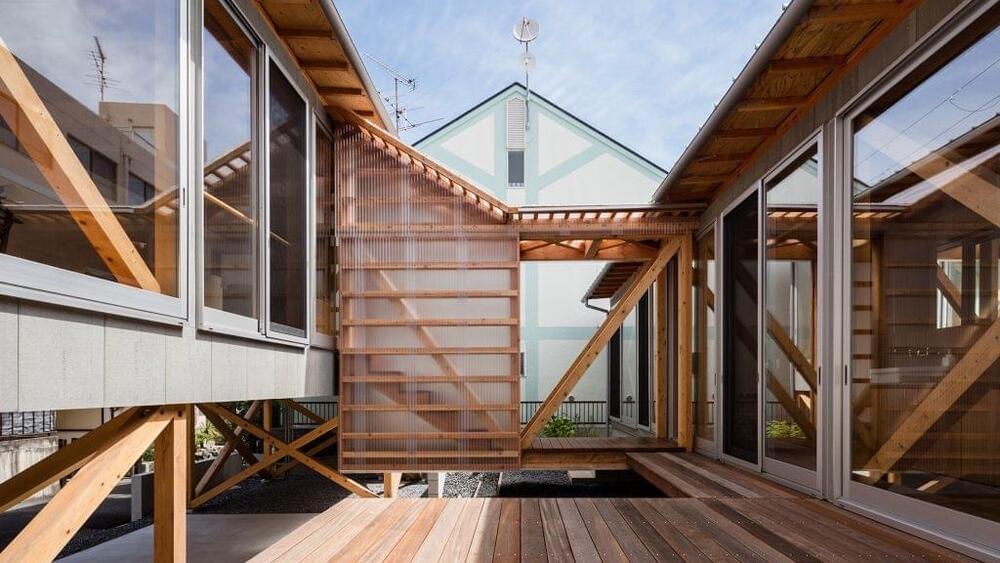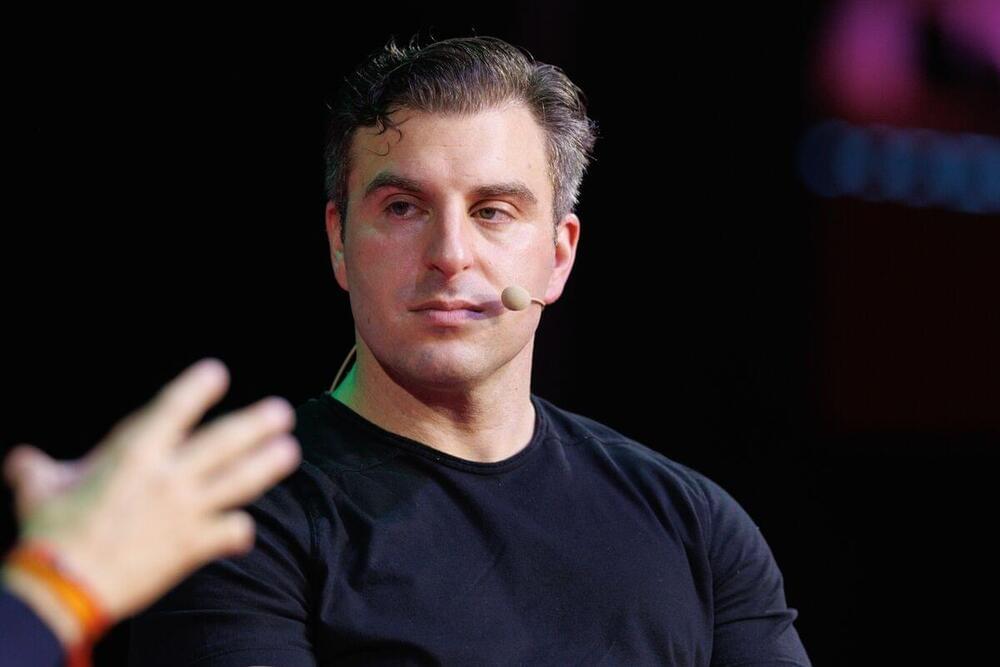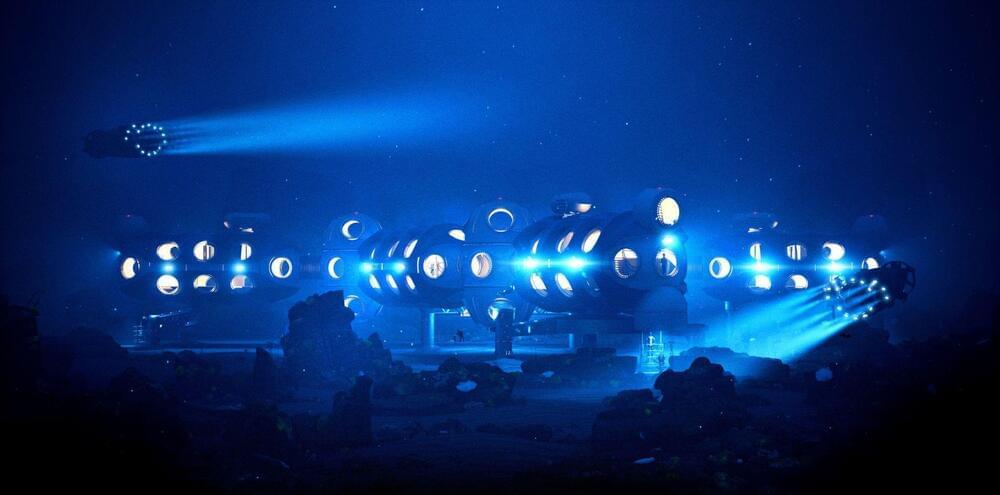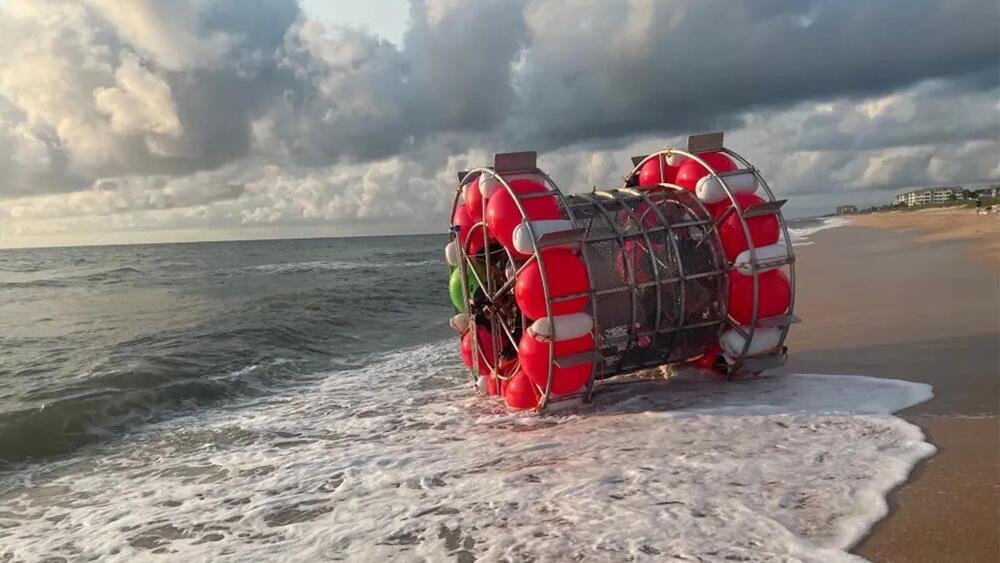The Floridian repeat offender told the authorities that he planned on wheeling himself to London, England.
It started on August 26 when the US Coast Guard was transiting in the Atlantic Ocean in preparation for an intense hurricane when they found a weird-looking vessel in the middle of the ocean, 70 miles (110 km) off the coast of Georgia. There was a man aboard the vessel. He told the authorities that he planned on wheeling himself to London, England.
A Florida man was arrested in the middle of the ocean after he was found floating in a homemade vessel resembling a hamster wheel. But how did he get there in the first place?
Vessel has peddles to propel it
When the Coast Guard asked the man for registration papers, he assured the men that the vehicle was registered but was unable to produce papers. Looking closely at the vessel, the Coast Guard was able to identify home supplies like wires and buoys and deemed the vehicle unsafe for the voyage.





